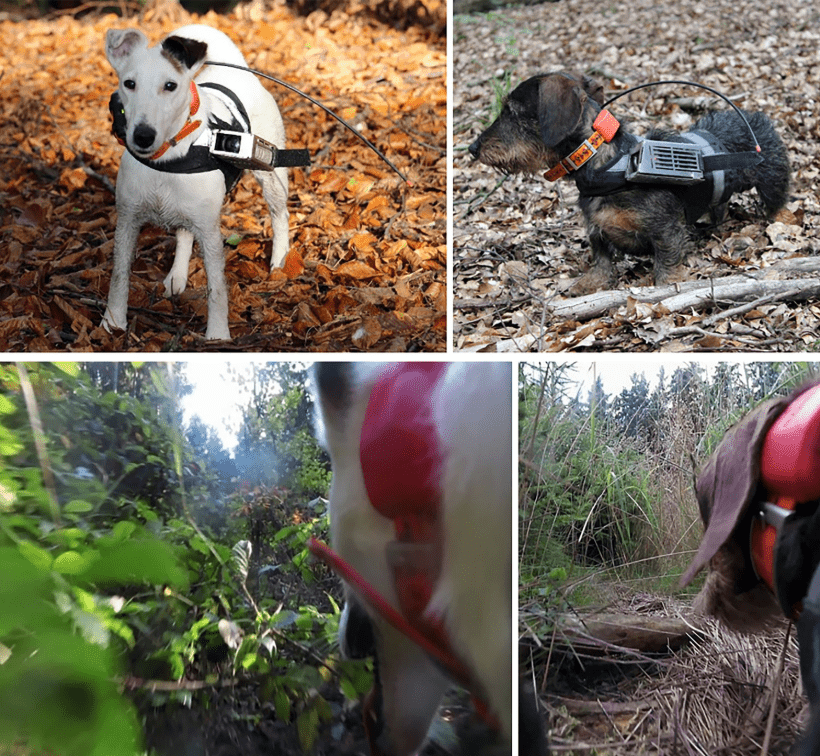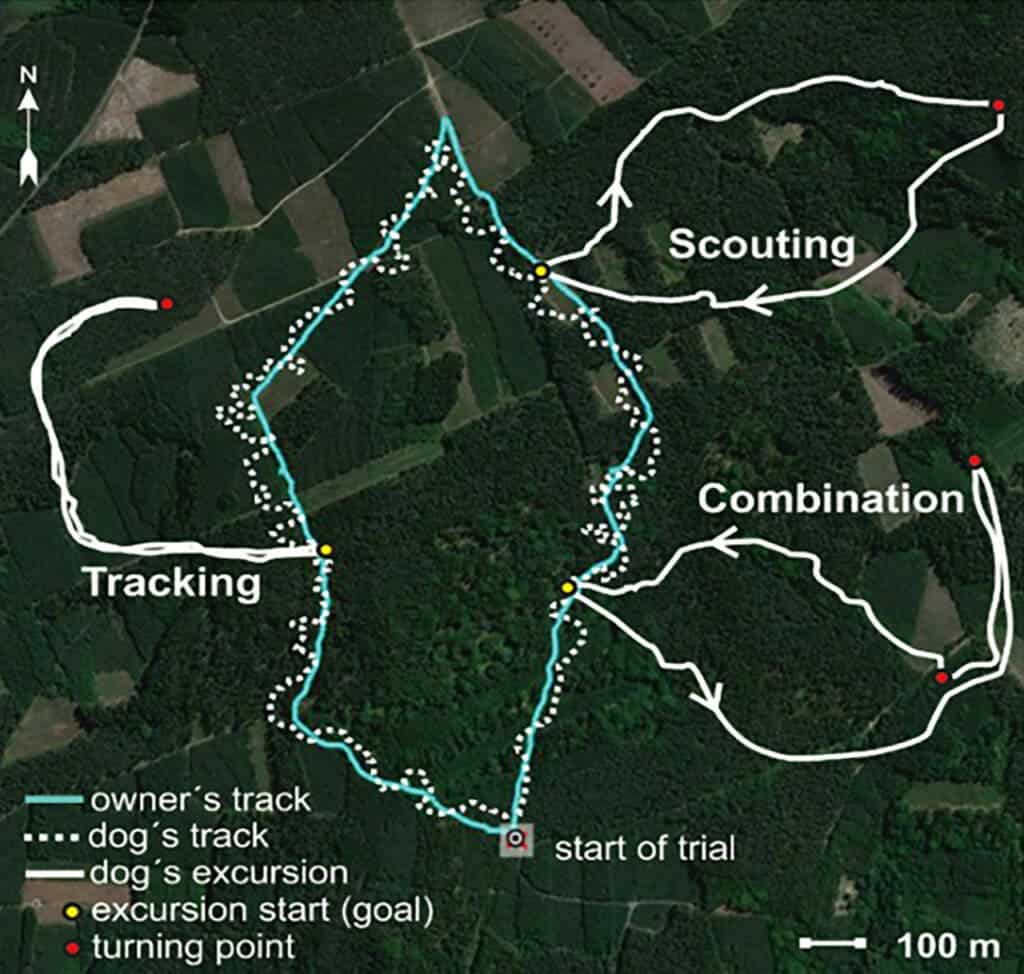Dog navigation has been a black box for researchers. The way they find their way from place to place, often across great distances, has been a hard to crack mystery. Their keen sense of smell can sure help sometimes, but smell alone doesn’t explain how dogs can navigate over great distances.
In a new study, researchers describe one potential mechanism that helps dogs find their way: their internal compass.

The idea that dogs orient themselves using the Earth’s magnetic field is not new. Curiously, previous studies have shown that dogs tend to align themselves on the north-south axis when they poop or urinate. As funny as this sounds, it’s indicative of an intriguing underlying mechanism: somehow, dogs sense the Earth’s magnetic field, and align themselves to it under certain conditions.
So the next question is — can they use this for navigation?
To analyze this, PhD student Kateřina Benediktová from the Czech University of Life Sciences Prague carried out two experiments using 4 and 27 dogs, respectively, to see how they find their way.
Both experiments had the same format: Benediktova and colleagues attached GPS sensors to dogs, took them out to a natural environment, and let them run about. In all cases, dogs went and did their thing and then returned to their owner.
However, when researchers analyzed the path dogs took to return, a few interesting patterns emerged.
First of all, some of the dogs went and returned on the same path. This is where their exceptional sense of smell comes into play as it helps them find their way back. This type of behavior was called tracking, because dogs tracked their own path.
But in the second type of behavior, dogs left on one path and returned on another. This behavior is called scouting, because they scout a different path. Sometimes, the dogs used a combination of both.

It gets even more interesting: most of the scouting dogs also engaged in an odd behavior: they would sometimes run 20 meters on the north-south line, before returning to their starting point. The study authors believe this helped them find their bearings, much like a person would align the compass on north-south for easier orientation — and dogs that did it were more efficient in their return. In 170 of the 223 documented dog trips, dogs practiced this behavior.
It’s always hard to demonstrate whether animals are orienting themselves using magnetism alone. To be 100% sure of this, you’d basically have to make sure the animal isn’t using any of its other senses, which is not easy to do. However, the fact that such a similar behavior was observed in so many different dogs seems to be strong evidence, and it’s the closest you can get to a smoking gun. No other factors (such as wind, location, or the dog’s gender) seemed to make a difference in improving navigational efficiency, further supporting the idea that the dogs were able to use the Earth’s magnetic field to navigate.
If this is the case, it would probably indicate an old navigation method, from when dogs were still a wild species.
Many biologists believe that not just dogs, but all animals that range over long distances can orient themselves using the Earth’s magnetic field. It’s even suspected that humans can do it, but we’re not nearly as good at it as other species.
Honey bees have the ability to detect the Earth’s magnetic field using iron granules in their abdomen. Frogs, snails, and even some bacteria can do it, and this is still actively researched in a number of mammals, including mice and foxes. It’s pretty neat to see that dogs can do it too.
The study has been published in eLife.









